Introduction
Ultimate Guide to Belgian Malinois: Your go-to resource for everything
- Explore grooming routines to keep your Malinois looking great
- Learn essential health tips to ensure your Malinois stays healthy
- Discover comprehensive advice to keep your Malinois happy and thriving
1. Understanding the Belgian Malinois
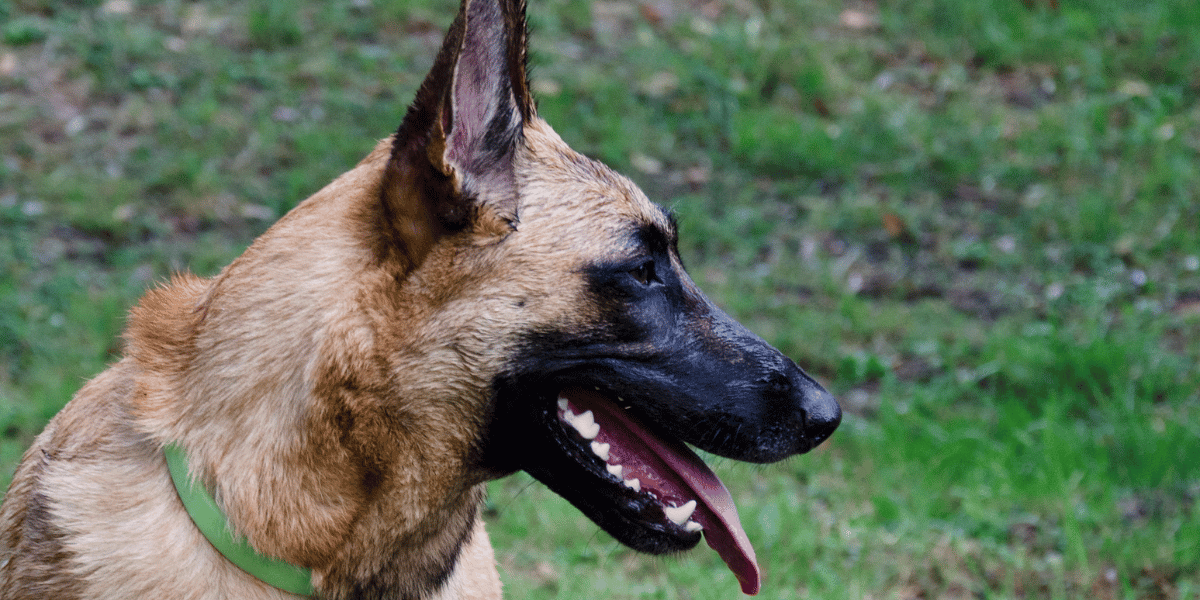
The Belgian Malinois is a high-energy, intelligent breed.
Key Points:
- Temperament: Energetic, loyal, and highly trainable
- Size: Medium-sized, weighing 40-80 pounds
- Coat Type: Short, dense coat that sheds seasonally
- Activity Level: Requires high physical and mental exercise
- Lifespan: Typically 12-14 years
- Trainability: Quick learners who respond well to consistent training
- Suitability: Ideal for active families or individuals with time for exercise
- Work Ethic: Excellent work ethic; often used in police and rescue work
2. Grooming Essentials for Your Belgian Malinois
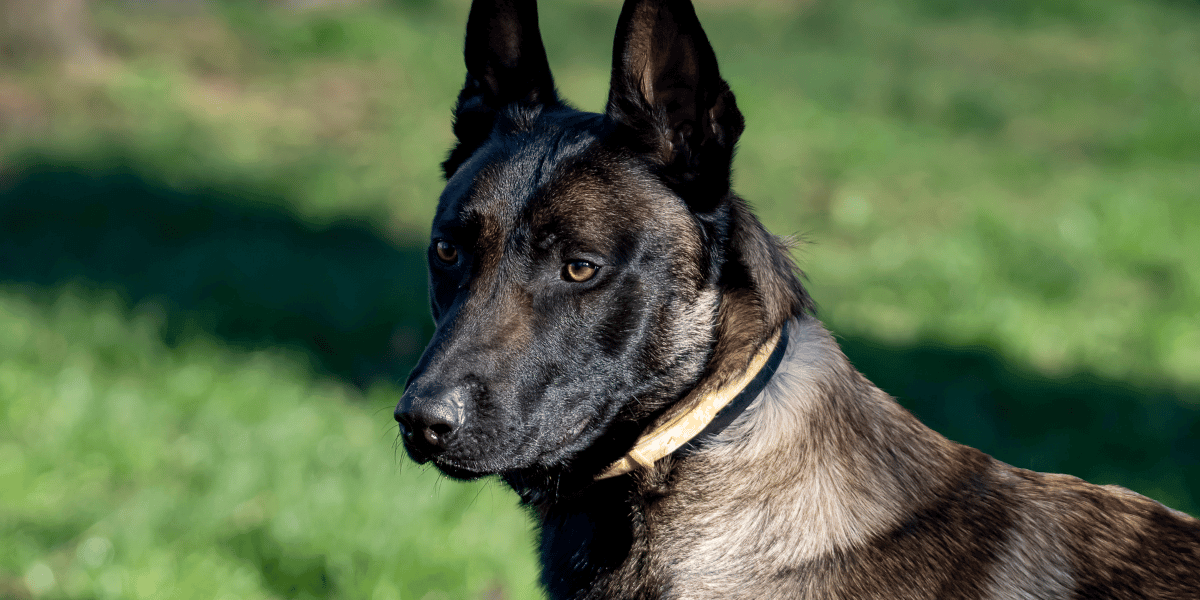
Regular grooming keeps your Malinois looking and feeling great.
Here’s a comprehensive grooming routine:
- Brushing: Brush weekly to manage shedding and keep the coat healthy
- Bathing: Bathe every 6-8 weeks to maintain a clean coat and healthy skin
- Nail Trimming: Trim nails every 3-4 weeks to prevent overgrowth and discomfort
- Ear Cleaning: Check and clean ears regularly to prevent infections
- Teeth Brushing: Brush their teeth 2-3 times a week to prevent dental issues
- Skin Checks: Inspect for signs of skin problems or allergies
- Grooming Tools: Invest in a quality brush, nail clippers, and ear cleaner
- Professional Grooming: Consider professional grooming if needed
3. Health Considerations
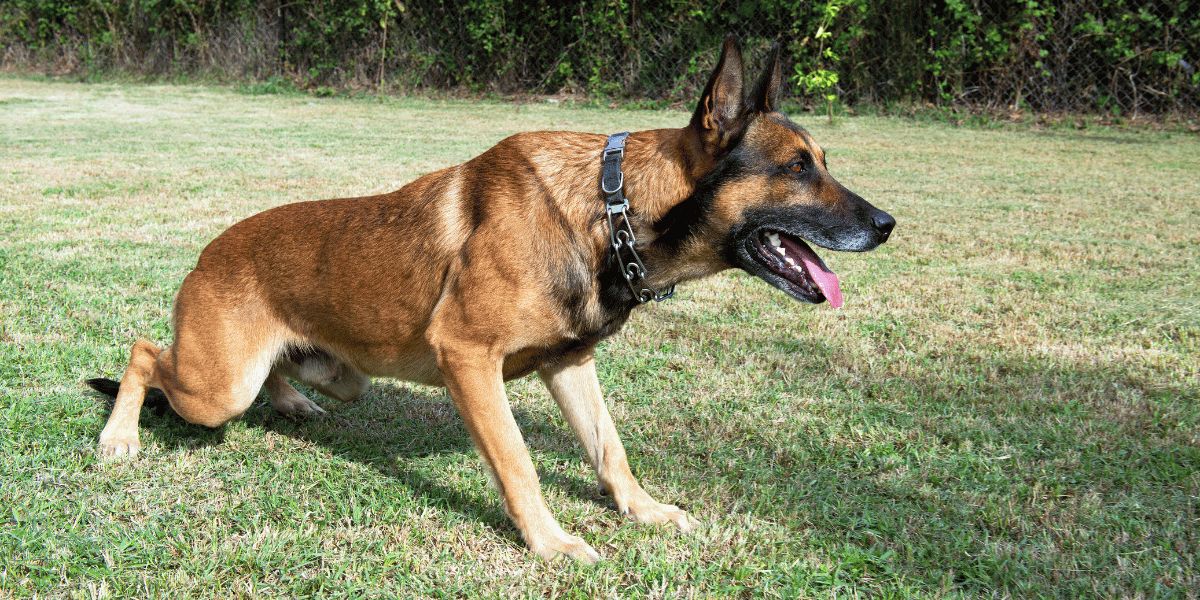
Maintaining your Malinois’s health is essential for their overall well-being.
Key aspects include:
- Diet: Feed a balanced diet with high-quality food for active breeds
- Exercise: Provide daily exercise; they need vigorous activities to stay fit
- Vet Checkups: Schedule annual vet visits for health screenings and vaccinations
- Weight Management: Monitor their weight to prevent obesity-related issues
- Preventive Medications: Use flea, tick, and heartworm preventatives as recommended
- Grooming Checks: Regularly inspect for parasites and skin conditions
- Hydration: Ensure they have access to fresh water at all times
- Health Monitoring: Be alert to any signs of illness or discomfort
4. Preventive Measures for Common Health Issues
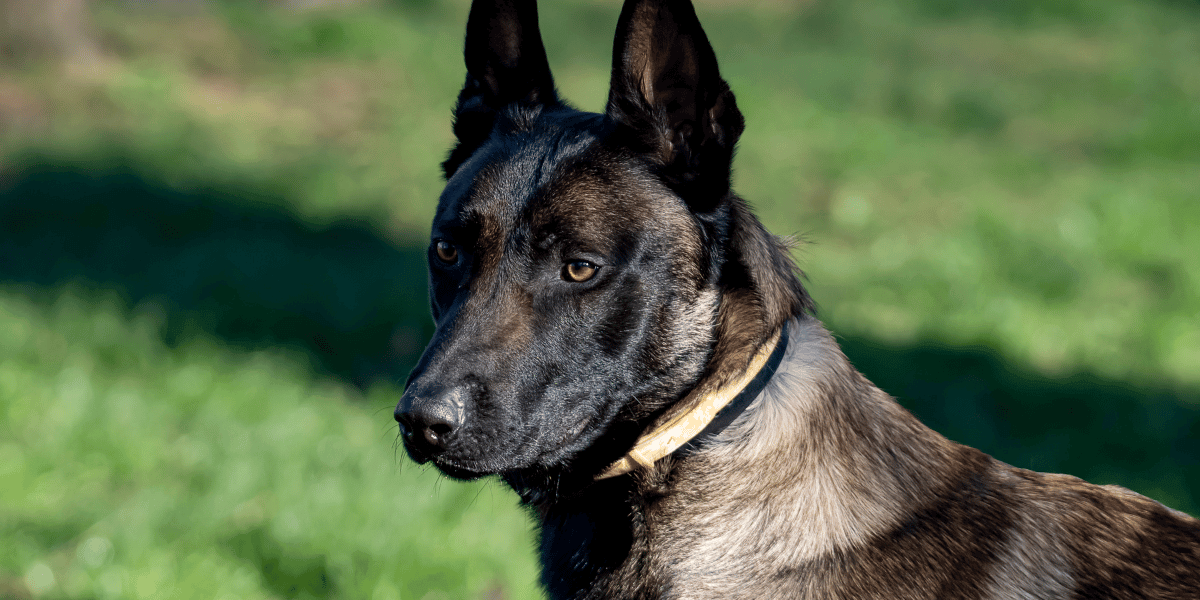
Belgian Malinois may face specific health issues; here are key tips to manage them:
Tips
- Hip Dysplasia: Regular vet checks and a healthy diet can help manage risks
- Elbow Dysplasia: Ensure proper exercise and avoid activities that strain joints
- Skin Allergies: Identify and avoid allergens; consult your vet for treatment
- Eye Issues: Regular eye exams to catch issues early
- Ear Infections: Keep ears clean and dry to prevent infections
- Dental Health: Brush teeth and provide dental chews to prevent dental disease
- Regular Monitoring: Watch for any signs of discomfort or unusual behavior
- Health Records: Keep detailed health records and track any issues
See how Belgian Malinois care compares to Great Dane hip dysplasia prevention tips.
5. Training Tips for Belgian Malinois
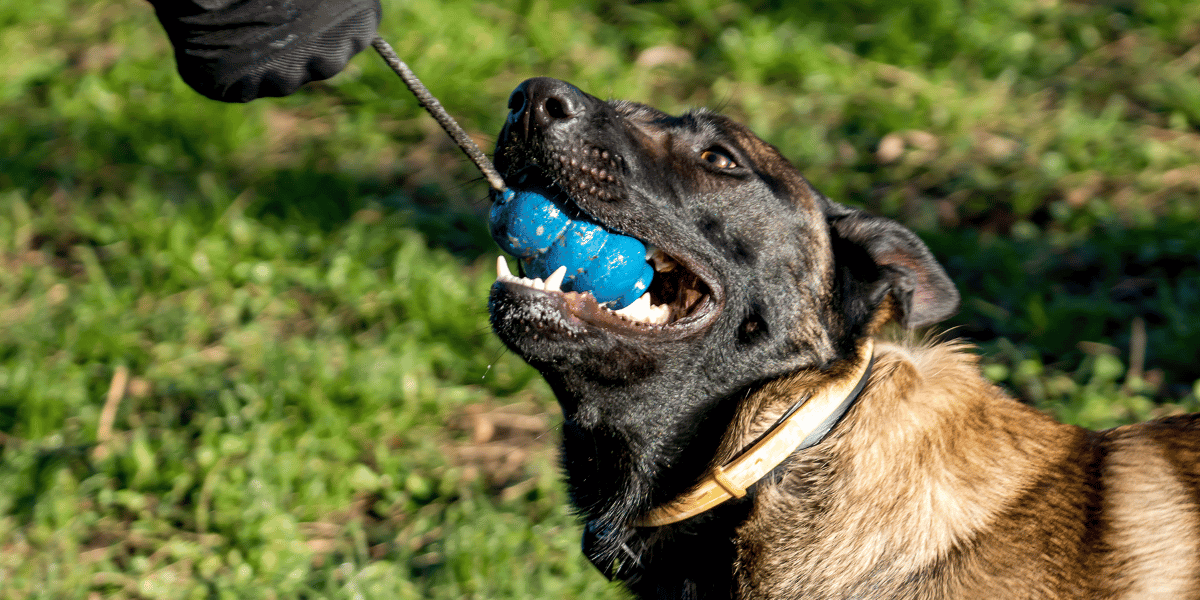
Training is crucial for this intelligent breed, follow these tips for effective results:
Key aspects include:
- Start Early: Begin training as a puppy to instill good behavior habits
- Positive Reinforcement: Use treats and praise to encourage desired behaviors
- Consistency: Be consistent with commands and routines for better results
- Socialization: Expose them to different people, animals, and environments
- Mental Stimulation: Incorporate puzzle toys and training exercises
- Professional Training: Consider classes or a professional trainer if needed
- Patience: Be patient and persistent; Malinois thrives on mental challenges
- Training Goals: Set clear, achievable training goals for ongoing progress
6. The Importance of Socialization
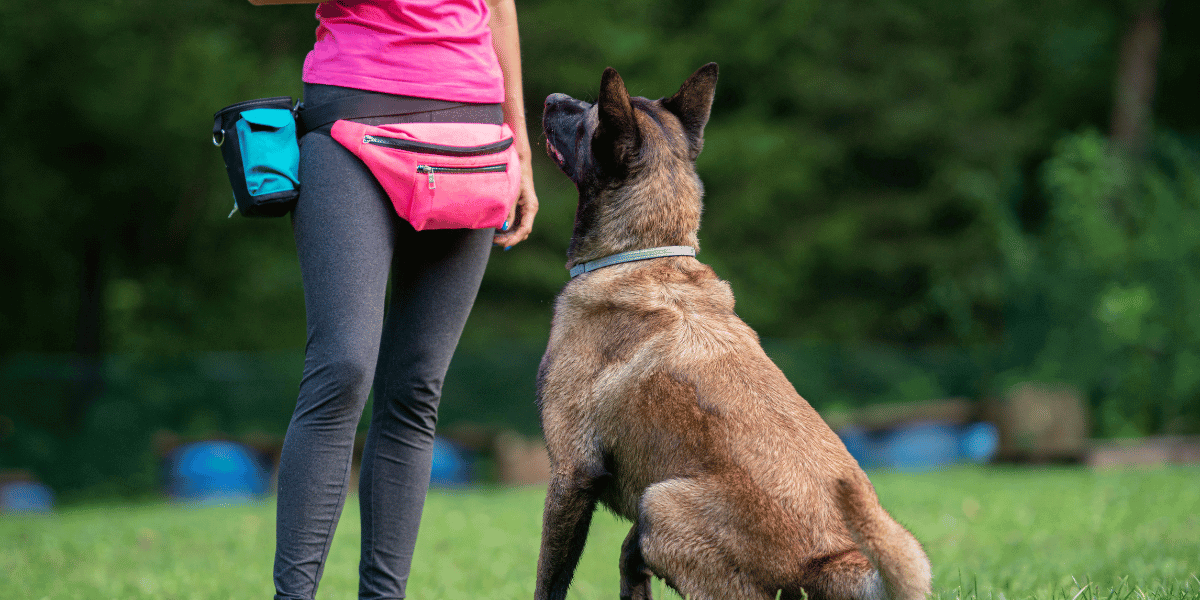
Socializing your Belgian Malinois helps them become well-adjusted and friendly:
Key aspects include:
- Early Exposure: Start socializing as a puppy for the best results
- Variety of Experiences: Introduce them to different people, animals, and environments
- Positive Reinforcement: Use treats and praise to reward good behavior during socialization
- Controlled Environments: Start in controlled settings before progressing to more challenging situations
- Consistency: Regular socialization throughout their life helps maintain good behavior
- Group Classes: Consider obedience or puppy classes for structured socialization
- Observation: Watch for signs of fear or aggression and address them promptly
- Social Play: Allow safe playtime with other dogs to enhance social skills
7. Fun Activities for Your Belgian Malinois
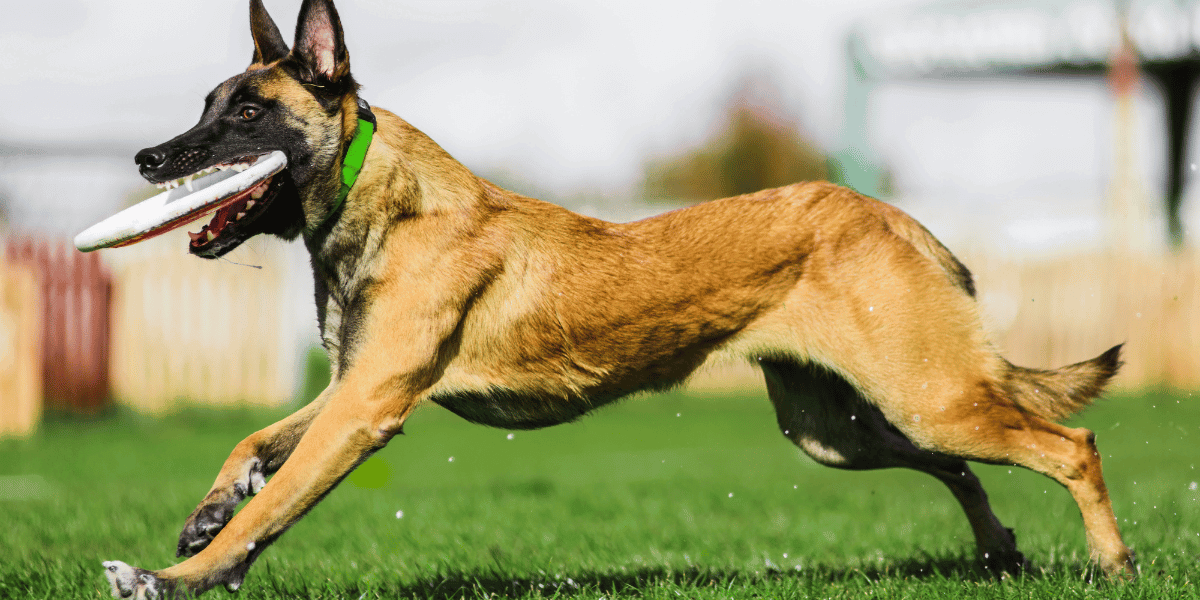
Engaging in fun activities keeps your Malinois happy and mentally stimulated:
- Agility Courses: Great for their energy and training skills
- Fetch: A classic game that satisfies their need for physical exercise
- Interactive Toys: Provide mental stimulation and prevent boredom
- Hiking: Take them on trails for both exercise and adventure
- Training Games: Incorporate training into playtime for added mental challenge
- Swimming: If they enjoy water, swimming is excellent for exercise
- Playdates: Arrange playdates with other dogs to socialize and exercise
- Tug-of-War: A fun game that helps with bonding and physical activity
Discover how fun activities for Belgian Malinois align with German Shepherd health tips for active dogs.
FAQs
1. What is the ideal diet for a Belgian Malinois?
- A balanced diet is key to fueling your Belgian Malinois's active lifestyle
2. How often should I bathe my Belgian Malinois?
- Every 6-8 weeks or as needed
3. How much exercise does a Belgian Malinois need?
- Daily vigorous exercise, such as running or playing fetch
4. Are Belgian Malinois prone to health issues?
- Yes, they can be prone to hip and elbow dysplasia
5. What training methods work best for Belgian Malinois?
- Positive reinforcement and consistency are the most effective
6. How can I help my Malinois adjust to new environments?
- Gradual exposure and positive experiences are key
7. What types of activities are best for Belgian Malinois?
- Agility courses, fetch, and interactive toys are ideal
Conclusion
- Congratulations! You’ve just finished the Ultimate Guide to Belgian Malinois
- By following these tips, your Malinois will thrive in health and happiness
- Share this guide with fellow dog lovers and leave a comment with your experiences
- Discover more with this Ultimate Guide to German Shepherd Training to enrich your dog's development.




